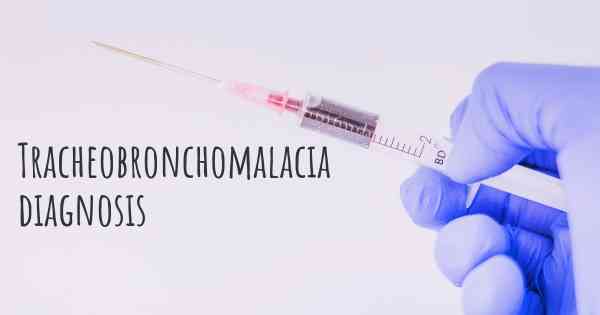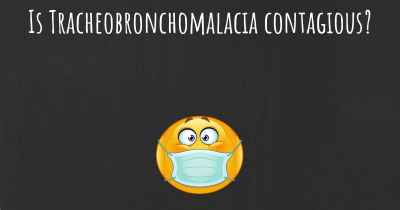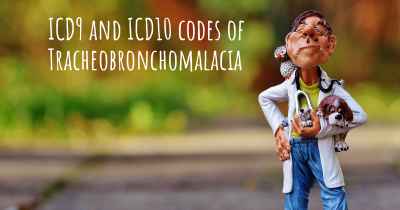How is Tracheobronchomalacia diagnosed?
See how Tracheobronchomalacia is diagnosed. Which specialists are essential to meet, what tests are needed and other useful information for the diagnosis of Tracheobronchomalacia

Tracheobronchomalacia is a condition characterized by the weakening or collapse of the trachea (windpipe) and bronchi (airways). It can lead to various respiratory symptoms, such as difficulty breathing, chronic cough, and recurrent respiratory infections. Diagnosing tracheobronchomalacia involves a combination of medical history evaluation, physical examination, and diagnostic tests.
Medical History Evaluation
During the medical history evaluation, the healthcare provider will ask the patient about their symptoms, their duration, and any factors that worsen or alleviate them. It is important to provide detailed information about the nature of breathing difficulties, cough, and any other respiratory symptoms experienced. The healthcare provider may also inquire about any underlying medical conditions or previous surgeries that could contribute to tracheobronchomalacia.
Physical Examination
A thorough physical examination is crucial in diagnosing tracheobronchomalacia. The healthcare provider will listen to the patient's lungs using a stethoscope to detect abnormal breath sounds, such as wheezing or stridor. Stridor is a high-pitched, harsh sound that occurs during inspiration and indicates narrowing or collapse of the upper airway. The provider may also assess the patient's breathing effort, observe for signs of respiratory distress, and check for any visible abnormalities in the chest or neck.
Diagnostic Tests
Several diagnostic tests can help confirm the presence of tracheobronchomalacia and assess its severity:
1. Imaging Studies:
Chest X-ray: A chest X-ray may be performed to evaluate the structure of the trachea and bronchi. However, it may not always provide a definitive diagnosis of tracheobronchomalacia.
Computed Tomography (CT) Scan: A CT scan provides detailed cross-sectional images of the airways and can help identify any structural abnormalities or collapse. It is a more sensitive imaging modality for diagnosing tracheobronchomalacia.
Bronchoscopy: This procedure involves inserting a thin, flexible tube with a camera (bronchoscope) into the airways to visualize the trachea and bronchi directly. It allows the healthcare provider to assess the degree of collapse during breathing and can help identify the location and extent of tracheobronchomalacia.
2. Pulmonary Function Tests (PFTs):
PFTs measure lung function and can provide valuable information about the presence and severity of tracheobronchomalacia. These tests may include:
Spirometry: This test measures the amount of air a person can inhale and exhale forcefully. It can help assess airflow limitation and detect any obstruction in the airways.
Flow-Volume Loops: Flow-volume loops graphically represent the airflow during inhalation and exhalation. In tracheobronchomalacia, the loops may show characteristic flattening or concavity, indicating airway collapse.
3. Dynamic Airway Evaluation:
Dynamic Airway Computed Tomography (DACT): DACT is a specialized CT scan that captures images of the airways during different phases of breathing. It provides dynamic information about airway collapse and can help determine the severity of tracheobronchomalacia.
Dynamic Flexible Bronchoscopy: This procedure combines bronchoscopy with real-time imaging to assess airway collapse during breathing. It allows for a more accurate evaluation of tracheobronchomalacia and can guide treatment decisions.
4. Other Tests:
In some cases, additional tests may be necessary to evaluate the underlying causes or associated conditions:
Barium Swallow Study: This test involves swallowing a contrast material that can be visualized on X-rays. It helps assess the function and movement of the structures in the throat and esophagus.
Esophagoscopy: Esophagoscopy is a procedure that uses a flexible tube with a camera to examine the esophagus. It can help identify any abnormalities or conditions that may contribute to tracheobronchomalacia.
Once a diagnosis of tracheobronchomalacia is confirmed, further evaluation may be required to determine the underlying cause and guide appropriate treatment options. It is essential to consult with a healthcare professional for an accurate diagnosis and personalized management plan.
Posted Jul 30, 2017 by KimG 1200








